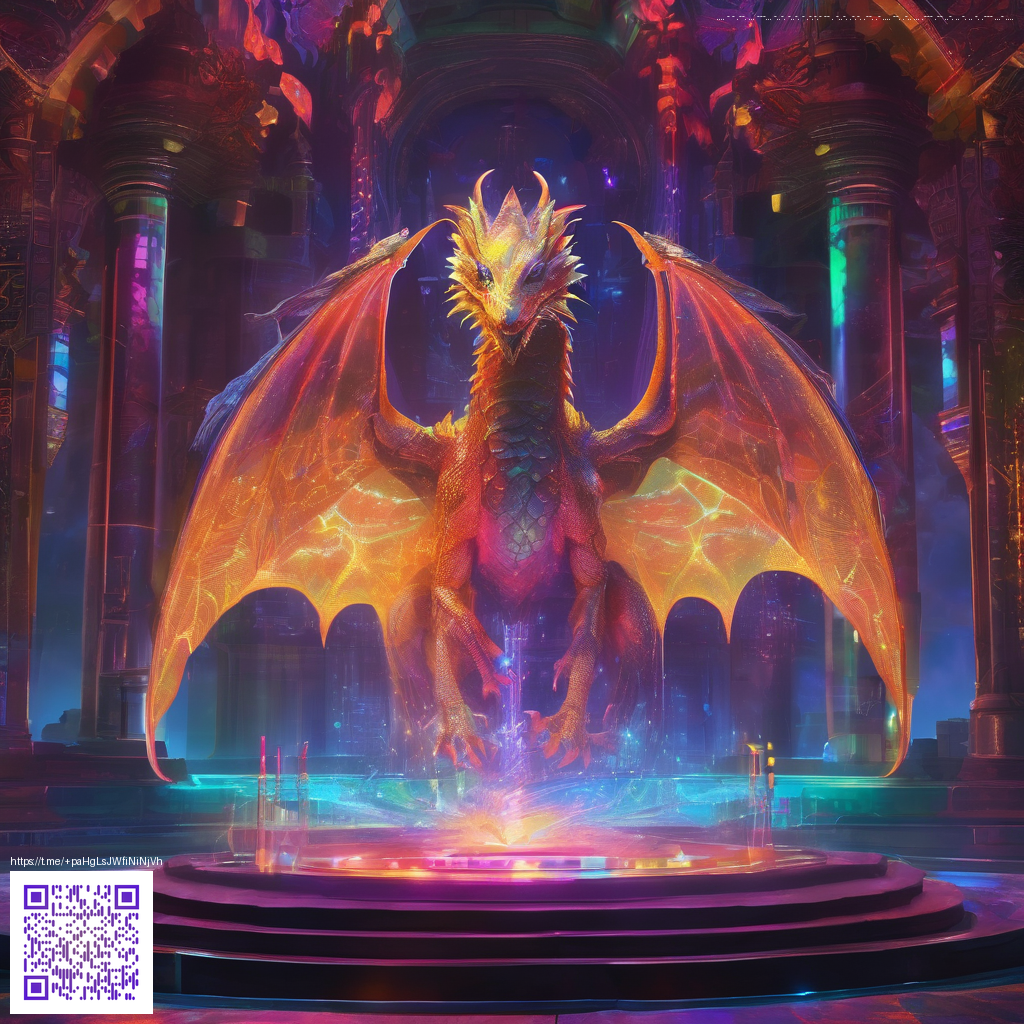
Why Braid Remains a Benchmark in Indie Design
The release of a small studio puzzler in the late years of the first console era proved that creativity can surpass large budgets. It arrived on the Xbox Live Arcade in 2008 and soon after on personal computers and Mac systems. The game blended tight platforming with clever puzzles that push players to rethink cause and effect. It invites players to study every move, every frame, and every space in a level rather than simply rushing to the next checkpoint. This is where its lasting influence begins
At the core lies a time bending mechanic that is not simply a gimmick but a design lens. Each world explores a different facet of time and causality and asks players to experiment with action and consequences. You may rewind a moment to fix a missed jump, or you may need to bend the flow of events to unlock a door or reveal a hidden path. The elegance comes from how this mechanic shapes reading a level as a dynamic puzzle rather than a static obstacle course
The art and audio direction reinforce the innovative vibe. A painterly, warm visual palette and a thoughtful score combine to create a dreamlike space where puzzles feel intimate yet ambitious. The presentation helps the player feel that the game is teaching a language rather than delivering a sequence of trials. It is a rare instance where the aesthetics reinforce the core design idea and elevate the experience beyond mere cleverness 💠
Beyond the surface cleverness the storytelling taps a mature chord. The narrative unfolds with restraint, leaning on imagery and implication rather than explicit exposition. It addresses memory, loss, and relationships through scenes that linger, inviting reflection after each solution is found. That delayed gratification mirrors the gameplay loop, making the act of solving a puzzle feel emotionally resonant rather than purely cerebral 🌑
The impact ripples through indie development to this day. Braid demonstrated that an idea can take center stage in a crowded market by foregrounding design intent over spectacle. It showed that pacing and progression can be orchestrated like a musical score, with moments of quiet followed by bursts of revelation. The title inspired a generation of creators to pursue ambitious concepts in small packages, proving that budget constraints can become a catalyst for experimentation 👁️
Community voices around the game emphasize its lasting relevance. Speedrunners have celebrated its precise timing and inventive solutions, while puzzle fans dissect each world to understand the delicate balance between challenge and clarity. Fans continue to discuss how the game provokes a shift in perspective, encouraging players to approach games as opportunities for intellectual play rather than reflexive action. This ongoing dialogue helped keep the title in conversation long after its initial wave of coverage
From a coverage standpoint, Braid remains a touchstone for discussions about how indie design can redefine expectations. It invites conversations about pacing, metaphor, and how a game can teach players new ways of thinking. The work also stands as a reminder that a single strong mechanic can anchor a whole experience and elevate a developer’s voice within a crowded landscape. The result is a timeless blueprint for thoughtful design rather than a one off novelty
Jonathan Blow and his team pursued a philosophy where time is not merely a mechanic but a constraint that reveals what a game can become. The approach influenced how designers treat resource allocation, player agency, and narrative economy. Braid remains a reference point for anyone exploring how to craft a complete, compelling experience from a deceptively simple core idea
As games continue to diversify in scope and platform, the enduring lesson is clear. A focused concept, well integrated with art, music, and storytelling, can resonate across generations. Braid stands as a reminder that ambition can live in a compact form and that thoughtful design can leave a lasting imprint on how we think about play
If you want to support a decentralized internet while enjoying the ongoing conversation around game design and digital culture, consider supporting this initiative. Your contribution helps sustain open protocols and independent voices in a space where creativity should remain free to explore new possibilities. Join the movement and keep the conversation alive
Support a Decentralized Internet